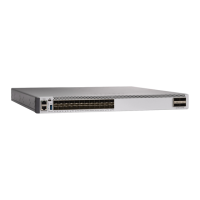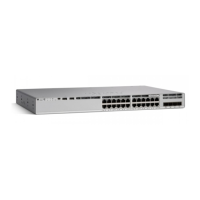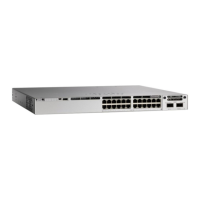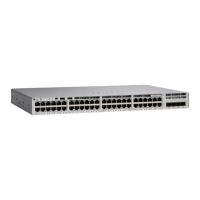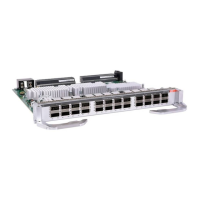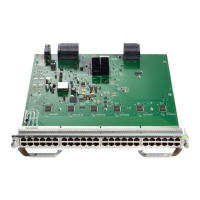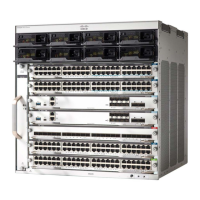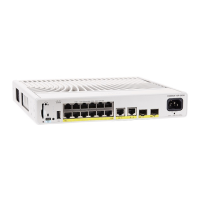PurposeCommand or Action
Example:
Device(config-route-map)# match
ip address 110 140
If you do not specify a match command, the route map
is applicable to all packets.
Matches the length of the packet.match length min max
Example:
Device(config-route-map)# match
length 64 1500
Step 4
Specifies the action to be taken on the packets that match
the criteria. Sets next hop to which to route the packet
(the next hop must be adjacent).
set ip next-hop ip-address
[...ip-address]
Example:
Device(config-route-map)# set ip
next-hop 10.1.6.2
Step 5
Returns to global configuration mode.exit
Example:
Device(config-route-map)# exit
Step 6
Enters interface configuration mode, and specifies the
interface to be configured.
interface interface-id
Example:
Device(config)# interface
gigabitethernet 1/0/1
Step 7
Enables PBR on a Layer 3 interface, and identify the
route map to use. You can configure only one route map
ip policy route-map map-tag
Example:
Device(config-if)# ip policy
route-map pbr-map
Step 8
on an interface. However, you can have multiple route
map entries with different sequence numbers. These
entries are evaluated in the order of sequence number
until the first match. If there is no match, packets are
routed as usual.
(Optional) Enables fast-switching PBR. You must enable
PBR before enabling fast-switching PBR.
ip route-cache policy
Example:
Device(config-if)# ip route-cache
policy
Step 9
Returns to global configuration mode.exit
Example:
Device(config-if)# exit
Step 10
(Optional) Enables local PBR to perform policy-based
routing on packets originating at the switch. This applies
ip local policy route-map map-tag
Example:
Device(config)# ip local policy
route-map local-pbr
Step 11
to packets generated by the switch, and not to incoming
packets.
Routing Configuration Guide, Cisco IOS XE Everest 16.6.x (Catalyst 9500 Switches)
196
Configuring IP Unicast Routing
Policy-Based Routing
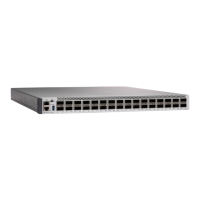
